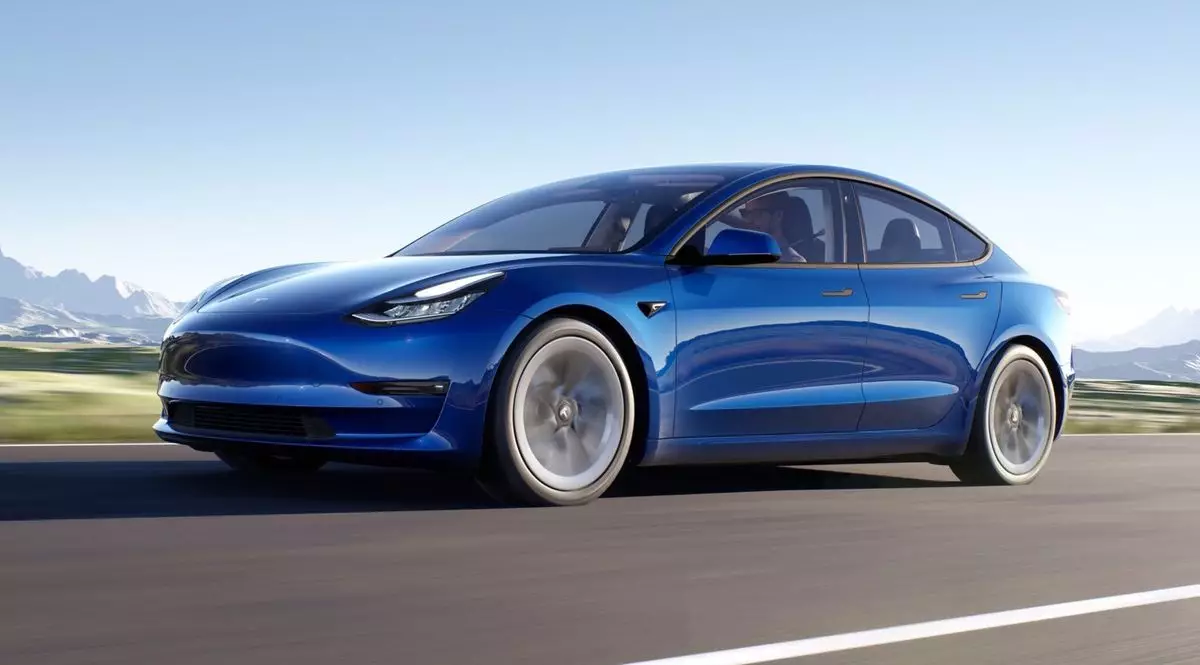In the ever-evolving landscape of automotive technology, Tesla remains at the forefront, championing the ambitious vision of Full Self-Driving (FSD) capabilities. For years, CEO Elon Musk has enthralled enthusiasts and skeptics alike with promises of imminent FSD updates, each time proclaiming that the enhancements were just around the corner. However, the narrative has taken a disheartening turn as Musk recently conveyed a sobering reality regarding the self-driving features of Tesla vehicles. This shift raises critical questions about the viability of FSD, the implications for current Tesla owners, and the broader impact on the company’s aspirations.
Historically, Musk’s declarations have infused a sense of excitement about Tesla’s trajectory toward Level 4 and Level 5 autonomy. However, in a recent corporate earnings call, he revealed that there exists a “chance” that Tesla’s HW3 hardware may not reach the necessary safety thresholds to achieve unsupervised FSD. HW3, the self-driving computer that has been integrated into Tesla models since 2019, was touted as a cornerstone of their autonomous ambitions. The revelation leaves many questioning the very foundation of Tesla’s self-driving promises.
Musk’s admission underscores the inherent uncertainties in technological development, particularly in pioneering fields like autonomous driving. The notion that the hardware designated for self-driving might be inadequate casts doubt on the company’s previous narratives. With the transition from HW3 to the newer HW4, it becomes evident that Tesla is not just upgrading its technology; it is grappling with the limitations of its existing infrastructure. Musk has indicated potential upgrades for existing HW3 cars to HW4, suggesting some level of continuity. However, skepticism arises regarding the practicality and feasibility of such upgrades.
The transition to HW4, which Musk describes as offering “several times the capability” of HW3, represents significant advancements. However, it comes with the complexity of integrating new systems that may not be compatible with the older models. Key components, such as power and camera harnesses, have undergone redesigns that could deter a straightforward retrofit. Industry analysts question whether upgrading existing cars will be a practical or financially viable option, raising concerns that could leave a segment of Tesla’s customer base stranded with underperforming hardware.
Moreover, the disparity between the camera systems of HW3 and HW4 is particularly noteworthy. While HW3’s camera capabilities have been deemed “capable,” the advancements in HW4, which offers five times the resolution and superior low-light performance, highlight a significant leap forward. The overarching question remains: will such a leap offer tangible benefits for achieving FSD or simply showcase the advancements in Tesla’s technology while leaving current models outmoded?
Musk’s previous optimism and recent revelations present a dichotomy for Tesla owners who have invested in FSD features with expectations of instantaneous, autonomous driving. The delay in realization has the potential to breed dissatisfaction among loyal customers. While the promise of a free upgrade to HW4 could alleviate some concerns, it remains unclear whether existing vehicles are truly equipped to handle such changes without extensive modifications.
Amidst this uncertainty, the broader narrative of Tesla’s FSD technology appears less like an imminent breakthrough and more like a mirage on the horizon—exciting yet perpetually out of reach. The aspirations of a fully autonomous vehicle remain tantalizing. Yet, as technological advancements refuse to meet the fervor of public expectation, Tesla finds itself in a precarious position—spurring questions about its long-term viability in the competitive automotive arena.
While the road toward Full Self-Driving may appear convoluted, it is essential to recognize that challenges often accompany innovative breakthroughs. Although the timeline for FSD remains uncertain, the ongoing development will likely continue to drive advancements in the automotive sector. Nevertheless, as Tesla navigates this complex terrain, it must prioritize transparency and clear communication with its customer base to maintain trust and enthusiasm, transforming skepticism into a united front in the quest for safe and efficient autonomous driving.
The journey to achieve full autonomy is fraught with obstacles, and Tesla’s current predicament emphasizes the lessons inherent in pioneering technological landscapes. How the company addresses these challenges will undoubtedly shape its legacy and influence in the years to come.

